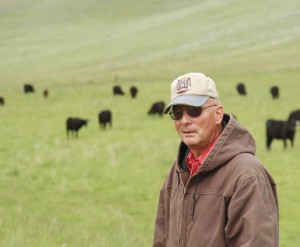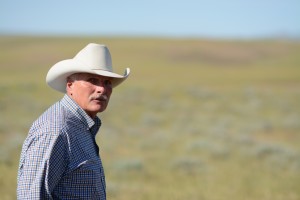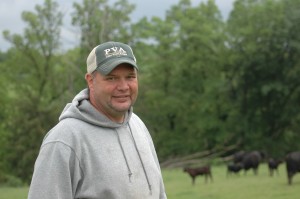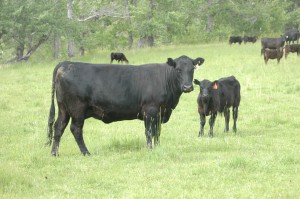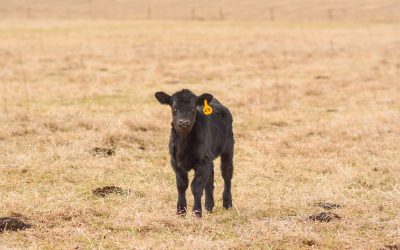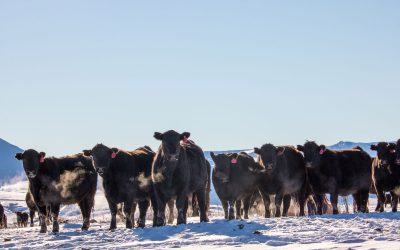
Beef must differentiate
Keeping up with the times includes marketing
by Miranda Reiman
A lot can change in half a century. A lot can stay the same.
U.S. feeder cattle illustrate that well, said Mark McCully, vice president of supply for the Certified Angus Beef ® (CAB®) brand, at the Indiana Beef Cattlemen’s Association annual meeting last month.
“Think of how we are selecting genetics today—the tools and amount of information we have available—versus 50 years ago,” he said. “In many cases, herd bulls are selected with far more precision, and yet we still tend to lump their offspring together with others. We use ‘the eyeball test’ and sell them as a commodity.”
Programs that detail health history have been around for a while, but those are just part of what’s possible in classifying differences, McCully said. One relatively new opportunity is genetic documentation.
“We’ve probably suppressed some value discovery in the feeder calf market over the last few years just because the cow-calf producer has had the leverage,” he said, “but now that’s changing.”
The comments were part of a talk on “value-added cattle,” which McCully noted everyone in the beef chain defines differently. To some, it means trying to “upgrade” inferior cattle. Others might interpret it as a special feeder-calf program or coordinating genetics and management to aim for a premium target. Consumers tend to rely on brands, he said.
Using a live, text-to-respond tool, he asked the audience, “What’s the most important trait for a value-added feeder calf?”
Nearly half, 47%, said “source verification,” while another 37% said “health documentation, and the remaining 16% selected “genetic verification.” No one chose “humane care” or “age verification.”

As fed cattle are marketed, however, the real value drivers are in performance and carcass merit, McCully said. Marketing has shifted from a 50-50 split on formula versus cash in 2005, to nearly four out of five fed cattle sold on grid or formula pricing today.
During that same time, the number of USDA-certified branded programs grew from 53 to 197.
“The mix has really changed over the last 10 years,” he said.
Reviewing the USDA-reported average load counts by grade, the number of branded boxes versus Select boxes flip-flopped.
“This was the first time the beef industry sold, on average every week, more boxes of branded beef than Select—almost three times more than Select,” McCully said, noting that in 2005 that ratio was 3:1 Select to branded.
That indicates the market signals are working, he said.
February wholesale cutout prices for a 900-pound (lb.) carcass showed nearly $200 difference between a Select carcass and one that had qualified for CAB, for example.
McCully asked, “What is the No. 1 reason consumers purchase beef?”
Almost three-quarters of the respondents replied, “unique and desirable flavor.” Their answer lined up with decades of end-user studies, many of which show that eating experience improves linearly with quality grade.
The group collectively looked into the future to predict which trait would increase the most in value.
Marbling/quality-grade premiums came in first at 40%, followed by naturally-raised/organic (23%), genetic documentation (20%) and humane handling documentation at 17%.
“There is no ‘right’ answer,” McCully said, but the informal poll should make producers think about what creates value now, and what will in the feature.
A lot can change. A lot can stay the same.
You may also like
Capturing value for your calves
The way we market cattle trickles down to the cow-calf producer and how they choose to sell calves. Consumer dollars favor adding value to the end product, and it pays to start down that road while still on the ranch by retaining ownership.
Beyond the storm
Disappointing cattle prices loom like storm clouds. A third of producers are losing money, while others get by with modest returns and worry about those thunderheads. There are silver linings, of course. Consumer demand for high-quality beef is stronger than it’s ever been.
Squaring carcass value and calf prices
Paul Dykstra gives a market update, sharing the fed cattle prices are on a seasonal upward trend. Weaning and shipping have hit cattle country and producers must decide—to sell or retain ownership. Paul breaks down the numbers.


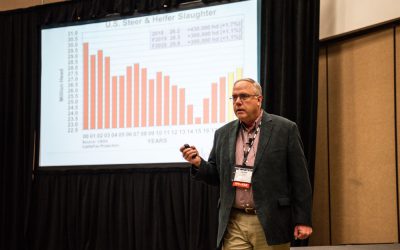
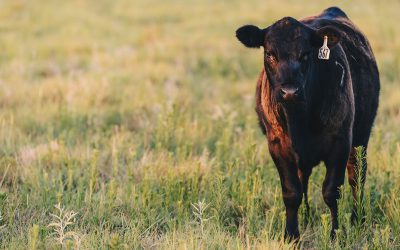


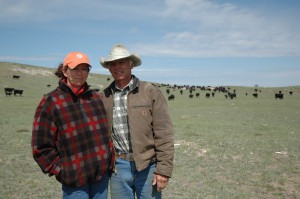
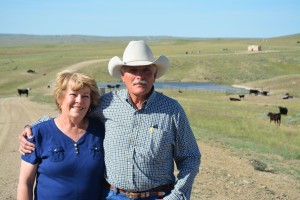
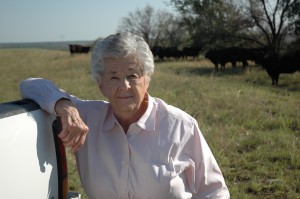
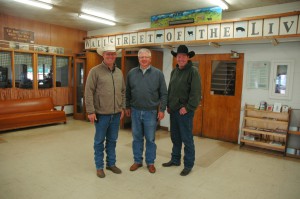
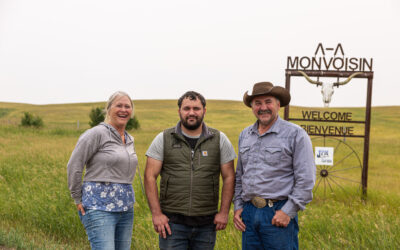
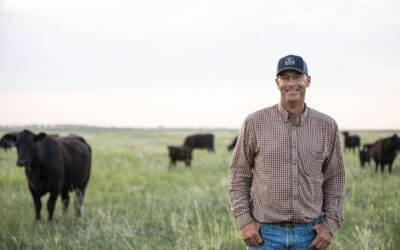

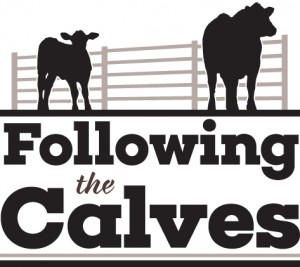
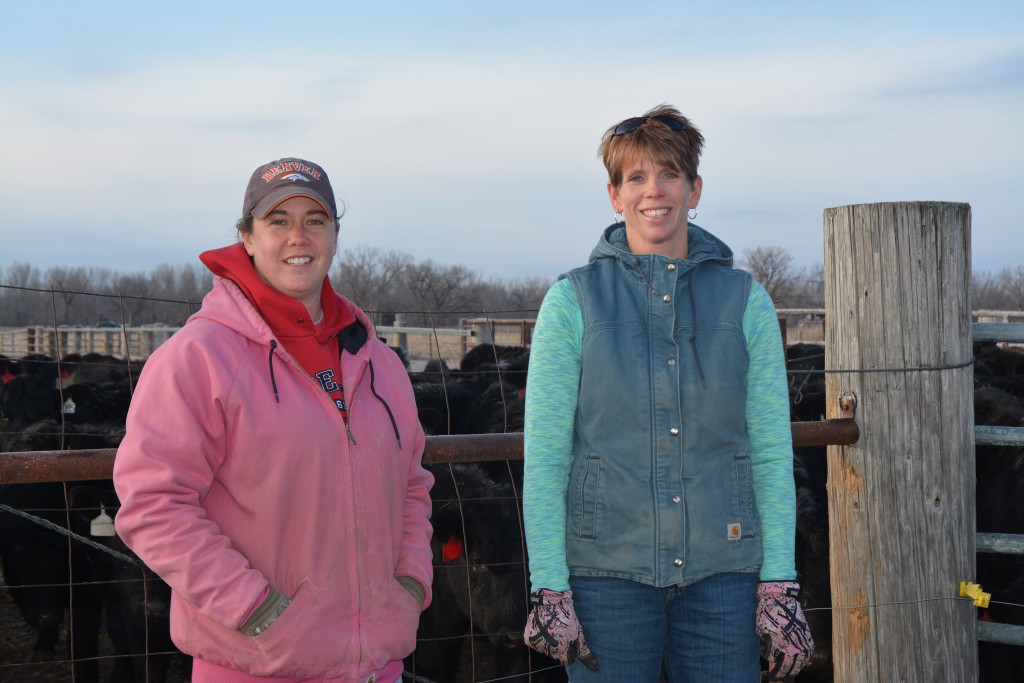
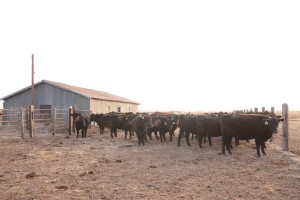
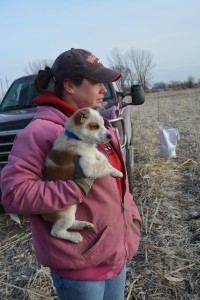
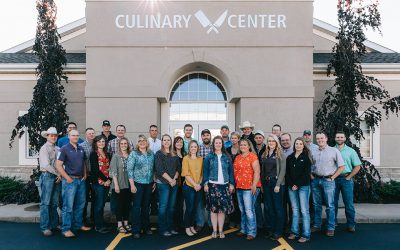
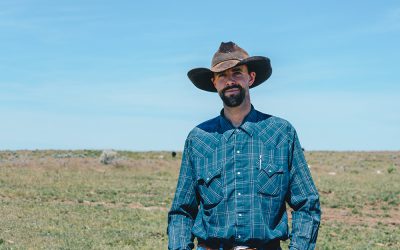
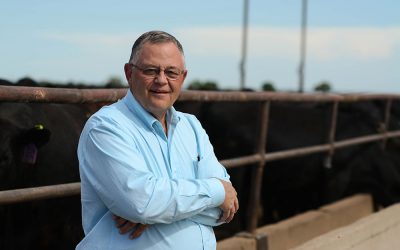

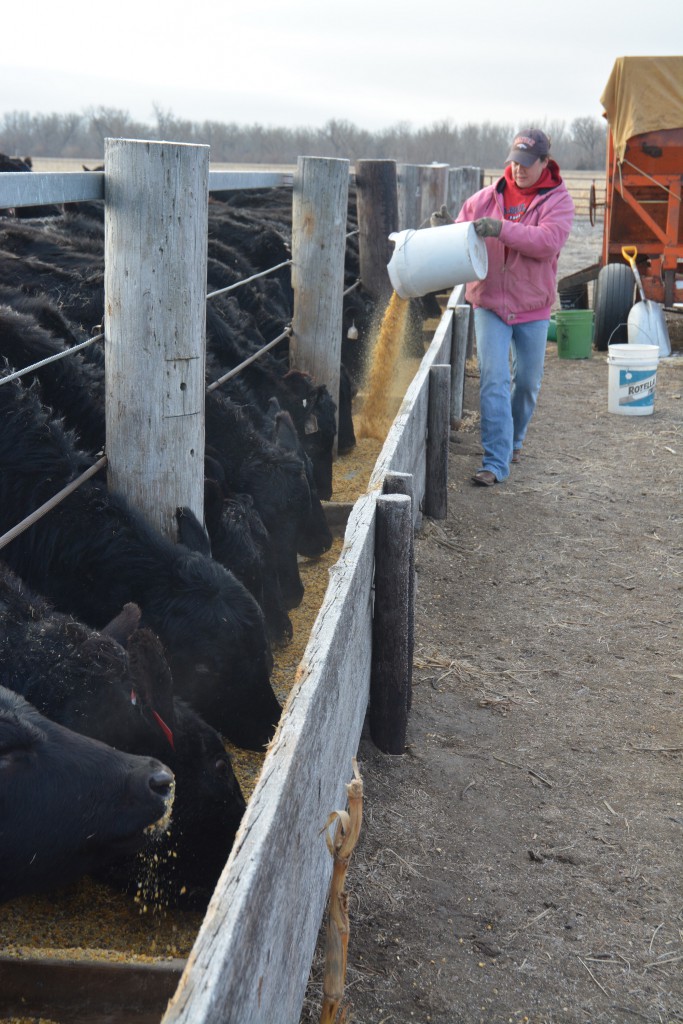
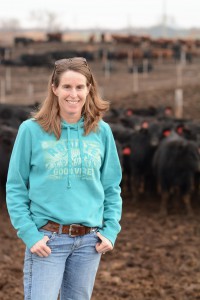
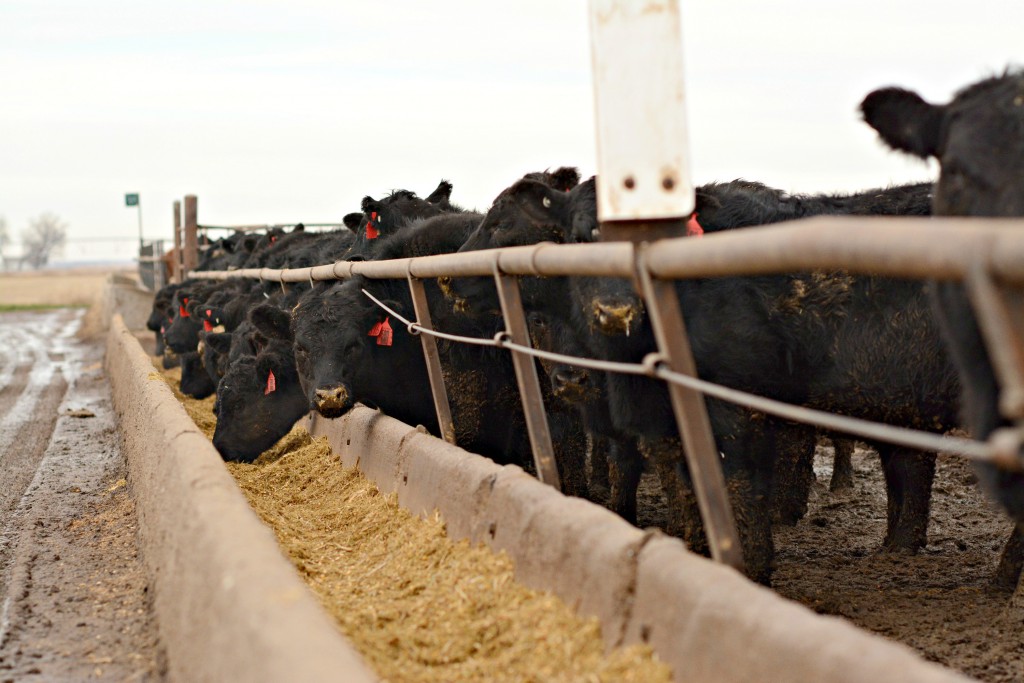
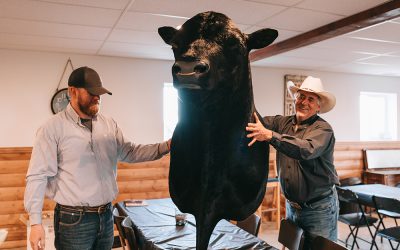


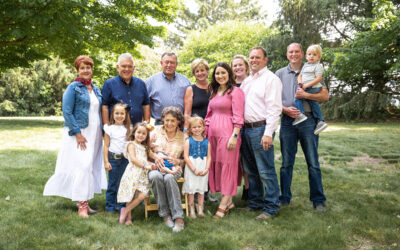
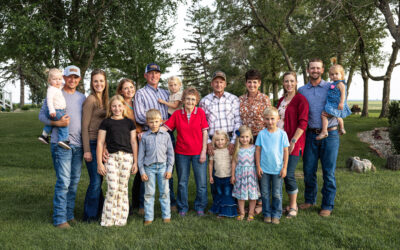
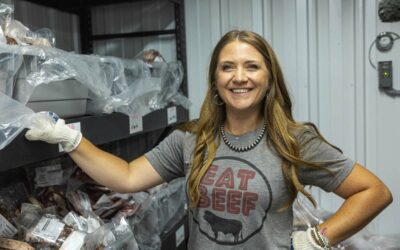

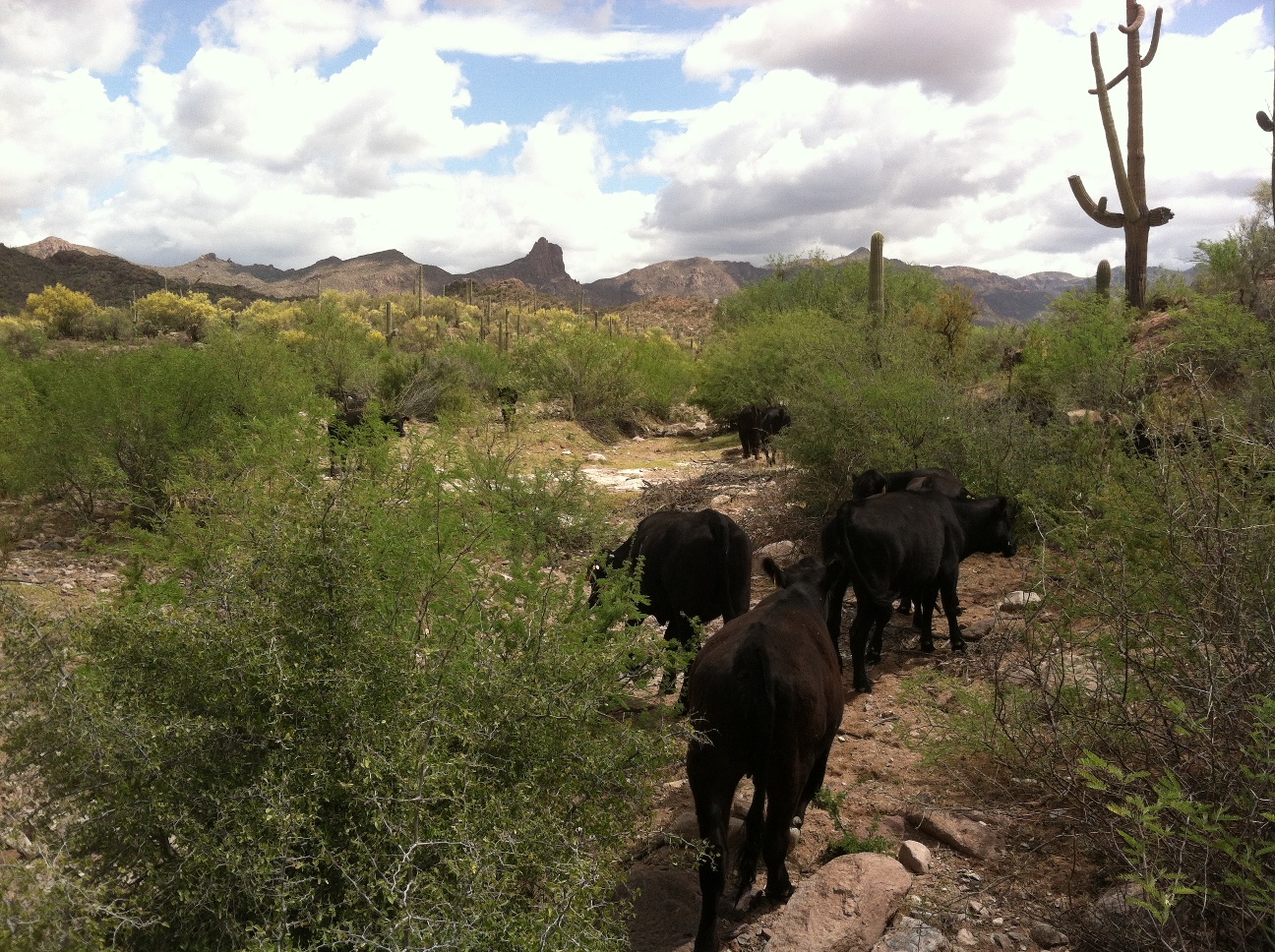
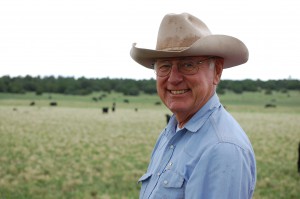
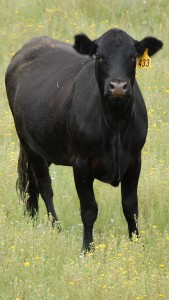

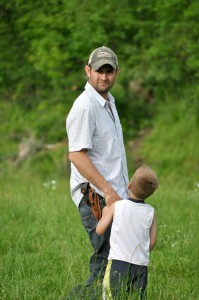
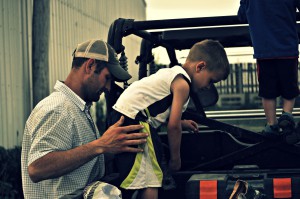
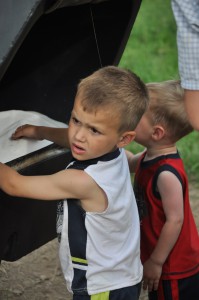
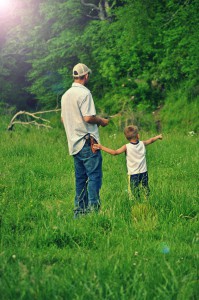
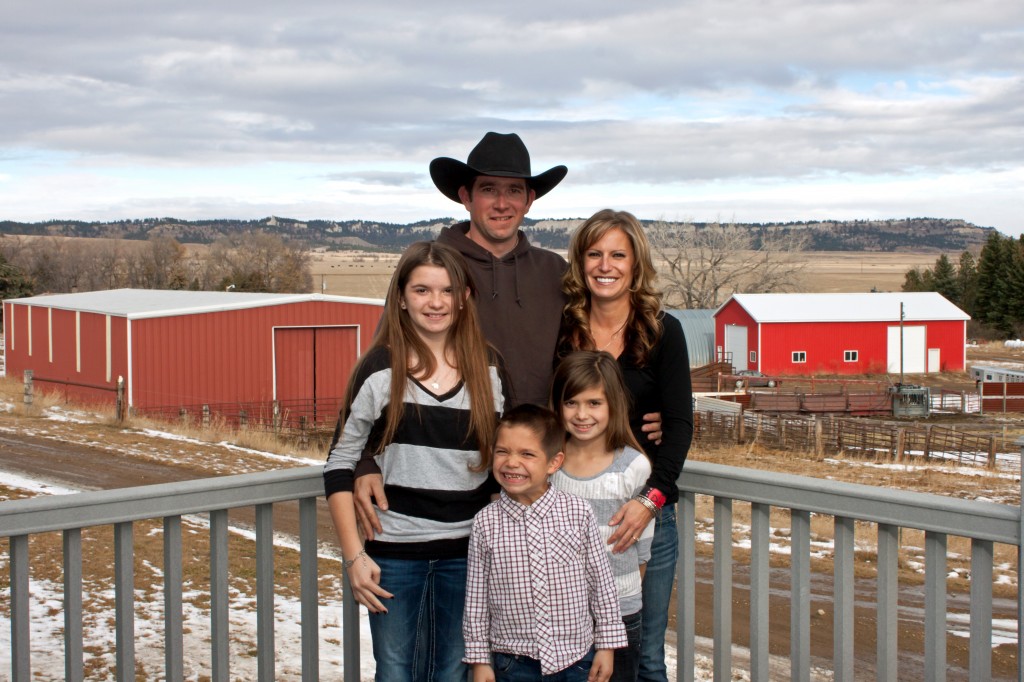
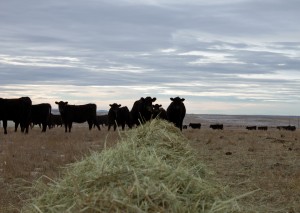
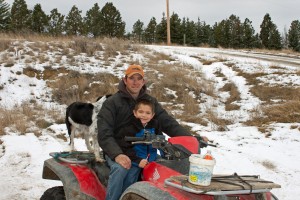

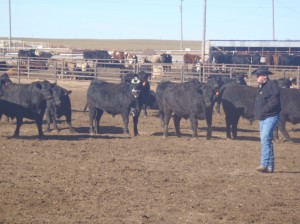 Comprised of three commercial yards with a one-time capacity of 85,000 head, the company has a long relationship with the Certified Angus Beef brand.
Comprised of three commercial yards with a one-time capacity of 85,000 head, the company has a long relationship with the Certified Angus Beef brand.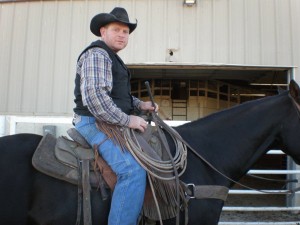 A thought not lost on Kenny. Growing up playing basketball in small town Oklahoma he learned a thing or two about teamwork and how it can lead to success. He applies that sentiment at Pratt as he works alongside his staff as opposed to in front of them or from an office desk.
A thought not lost on Kenny. Growing up playing basketball in small town Oklahoma he learned a thing or two about teamwork and how it can lead to success. He applies that sentiment at Pratt as he works alongside his staff as opposed to in front of them or from an office desk.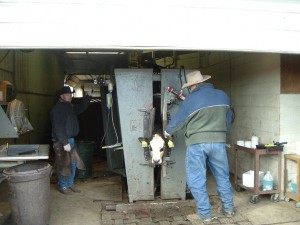 Making it work can often mean arriving at the barn at 4 a.m. and not leaving until 6 p.m. during the busy season. But it’s the integrity of the place and the people who work there that make the 65-70 hour workweek doable.
Making it work can often mean arriving at the barn at 4 a.m. and not leaving until 6 p.m. during the busy season. But it’s the integrity of the place and the people who work there that make the 65-70 hour workweek doable.
